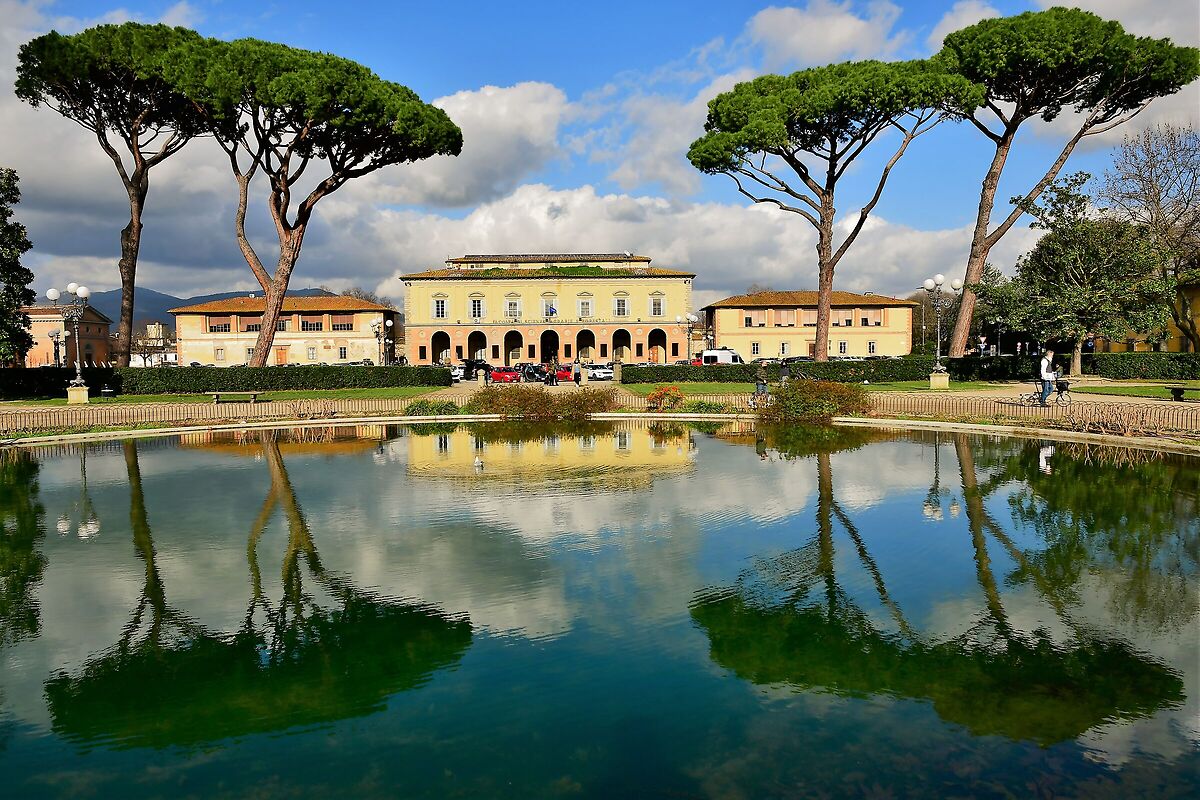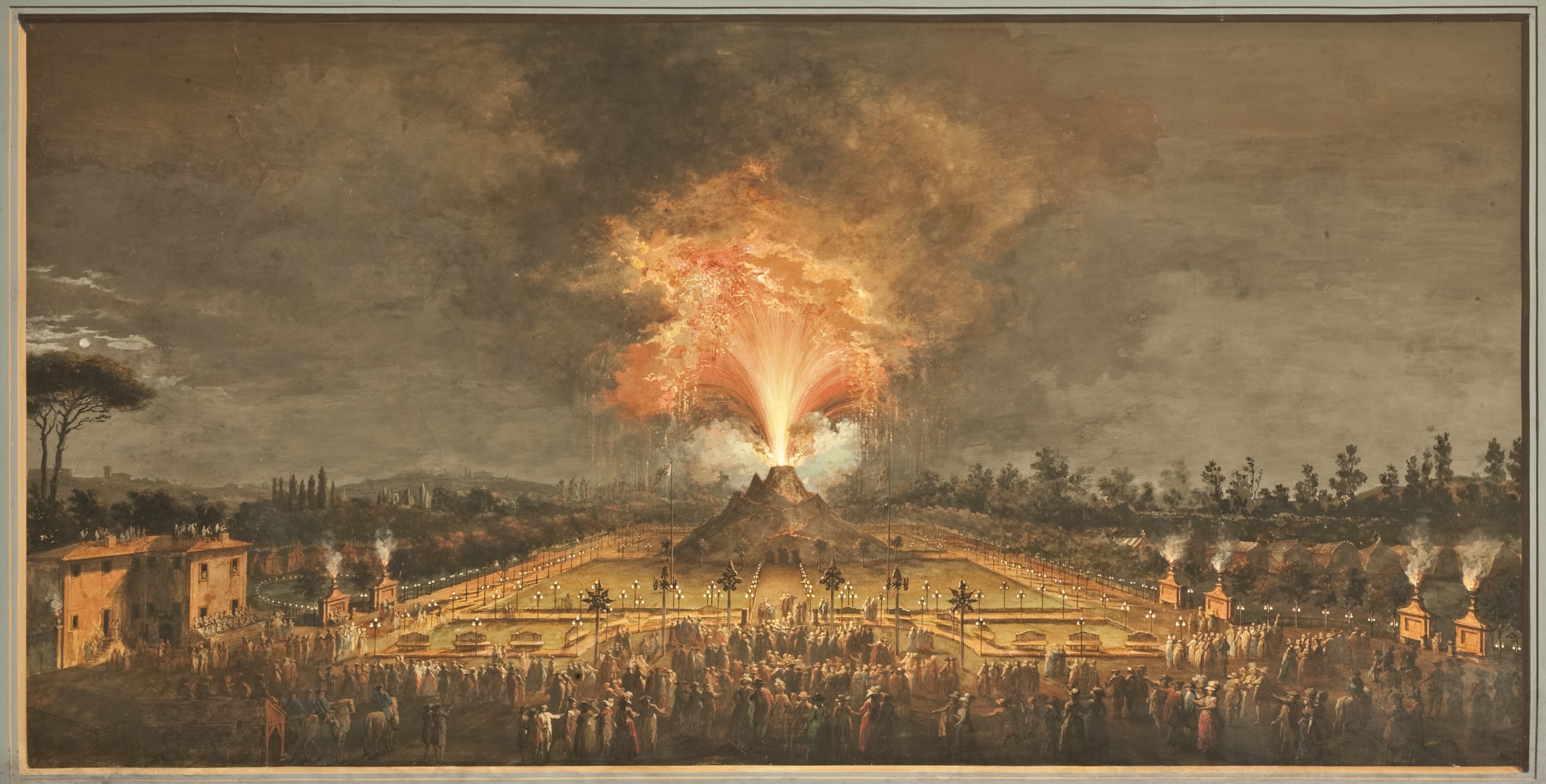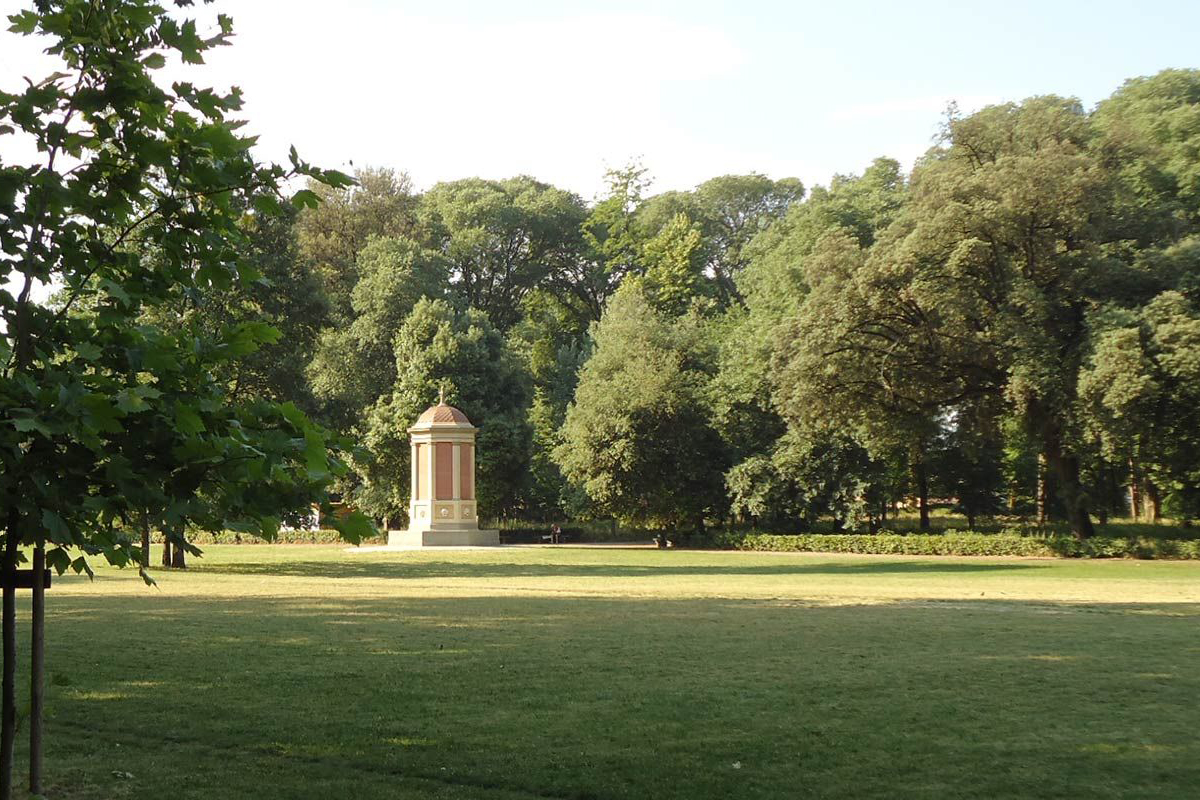On the right bank of the Arno river, the Cascine extend over an area of about 160 hectares and are the largest public park in Florence.
In addition to the Arno, they are bordered by the Mugnone and the Fosso Macinante canal built in 1563; originally the Cascine Park was used as a hunting reserve, for cattle breeding and as a place for dairies by the De'Medici family.
The name farmhouse indicated in fact a circle in beech wood used to press curdled milk, in the processing of cheese.
The history of Le Cascine and its changes

With the passage of the Grand Duchy to the Lorraine, while continuing to have a rural aspect, the Park increasingly assumed the function of a place open to the public on special occasions.
The first major works to transform the farm into a park were carried out starting in 1786 on a project by Giuseppe Manetti.
Along a symbolic path were located a series of street furniture and buildings, including the Villa Reale, the Fountain of the Boccacce, the pyramid (which we will talk more about below) and two aviaries in the form of neoclassical temples, where birds were kept.
Manetti was also entrusted with the task of organizing parties and receptions; particularly grandiose were the celebrations for the investiture of Ferdinand III Habsburg-Lorraine, held on July 2-5, 1791: among the scenic effects set up, the painter Giuseppe Maria Terreni also reminds us of the eruption of a volcano.

Under Elisa Baciocchi, governor of Tuscany and napoleon's sister, the Cascine became a real public park, and in the nineteenth century numerous expansion works were carried out.
During the '900 assumed greater importance various sports activities inside, including horse racing, tennis, archery, clay pigeon shooting and swimming (there is still the Swimming Pool of Pavoniere, open in summer).
In 1937, on a project by Raffaello Fagnoni, the buildings that house the Aviation School and the Grand Ducal Farmhouse were built: the latter today houses the Faculty of Agricultural Sciences of the University of Florence which has enriched the park with specialized crops in the area surrounding the building.
The mystery of the pyramid

As mentioned above, what does a pyramid do in Florence in the Cascine Park? It has nothing to do with the Egyptians, that's clear. It is actually an icebox built in 1795 by Giuseppe Manetti. Within its thick walls, during the summer months, ice was stored, so that the Florentines could make sorbet and ice cream, two sweets of which the Florentines were very fond.
In fact, it is here in Florence that these delicacies were invented as we had already written here: in the sixteenth century Caterina de Medici announced a competition to create a new unusual dish; the butcher Cosimo Ruggeri won with the reinterpretation of an ancient recipe, which traditionally involved the use of ice, honey and fruit.
Returning to the pyramid in the Cascine park, this is not the only one you can find: in the Renaissance period there were in fact numerous structures like this, placed in the moats along the city walls that were exposed to the north. The iceboxes had the shape of a double cone or pyramid, with one half buried underground and the other at the top; the winds helped prevent the ice from melting and were sometimes really strong; a particularly windy autumn day at cascine park in 1819 is said to have inspired Shelley's "Ode to the West Wind".
"And to the earth that sleeps, through my lip,
you are the trumpet of a prophecy! Oh, Wind,
if Winter comes, can Spring be far away?"
image sources: feel florence, habilia onlus, juza photo, twitter










 Map
Map